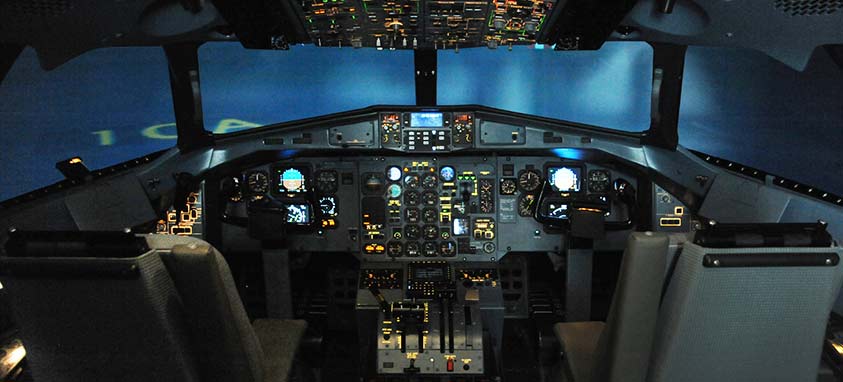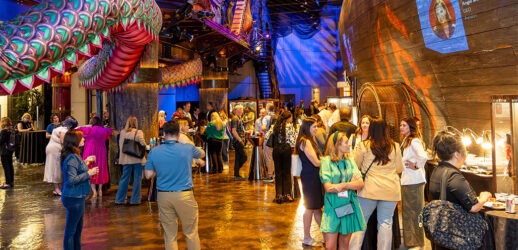Originally rejected by commercial airlines, flight simulators now not only train new pilots on all aspects of flying, but also help them to deal with emergency situations.
“Although it’s impossible to replicate the airplane perfectly, the simulator allows pilots to practice emergency situations that they wouldn’t be able to replicate in the actual plane,” said Ryan Bradley, an MD-88 first officer for Delta Airlines.
New Delta pilots and those switching to a new aircraft type train in a simulator as part of a six-week course that also includes briefings and computer-based instruction. Delta has 28 full-flight simulators for all mainline fleets except the B717, which will be installed next year. Another A330 simulator is being added later this year and Boeing 747-400 simulators are being retired, along with the actual fleet.
The simulators, which cost millions of dollars to build, reduce the need for extensive flight training in an actual aircraft, thereby significantly reducing training costs. The simulators offer the only way to test some new equipment, procedures and flight conditions without compromising aviation safety.
Delta regularly updates its fleet of simulators, which stand atop hydraulic or electric “legs” to simulate motion. They’re a far cry from the first rudimentary flight simulator, designed by Ed Link in the 1920s to teach his brother to fly. Link tried to stir up commercial-airline interest in the simulator, but wasn’t successful. So, he traveled around the country with his simulator and sold rides on it for 25 cents.
The U.S. Army subsequently became interested in the simulator after a series of airplane accidents, and in the 1940s commercial airlines also began adopting them. The first one was a Boeing 377 simulator made for Pan American Airways. The cockpit was an exact replica of the one in the aircraft, but the simulator didn’t move and had no visual system.
Simulator movement was added in the 1960s and computer-generated graphics were introduced in the 1970s. Many types of training simulators now are used, including some that are PC-based and have motion platforms that move to replicate physical sensations on flights.
A Boeing 737-200 simulator is housed at the Delta Flight Museum in Atlanta. It’s the only one of its kind available for public use. Reservations are required, and one to four people can be accommodated at a time. Participants receive a 10-minute preflight briefing, 45 minutes of flight time and a five-minute review after the experience.





